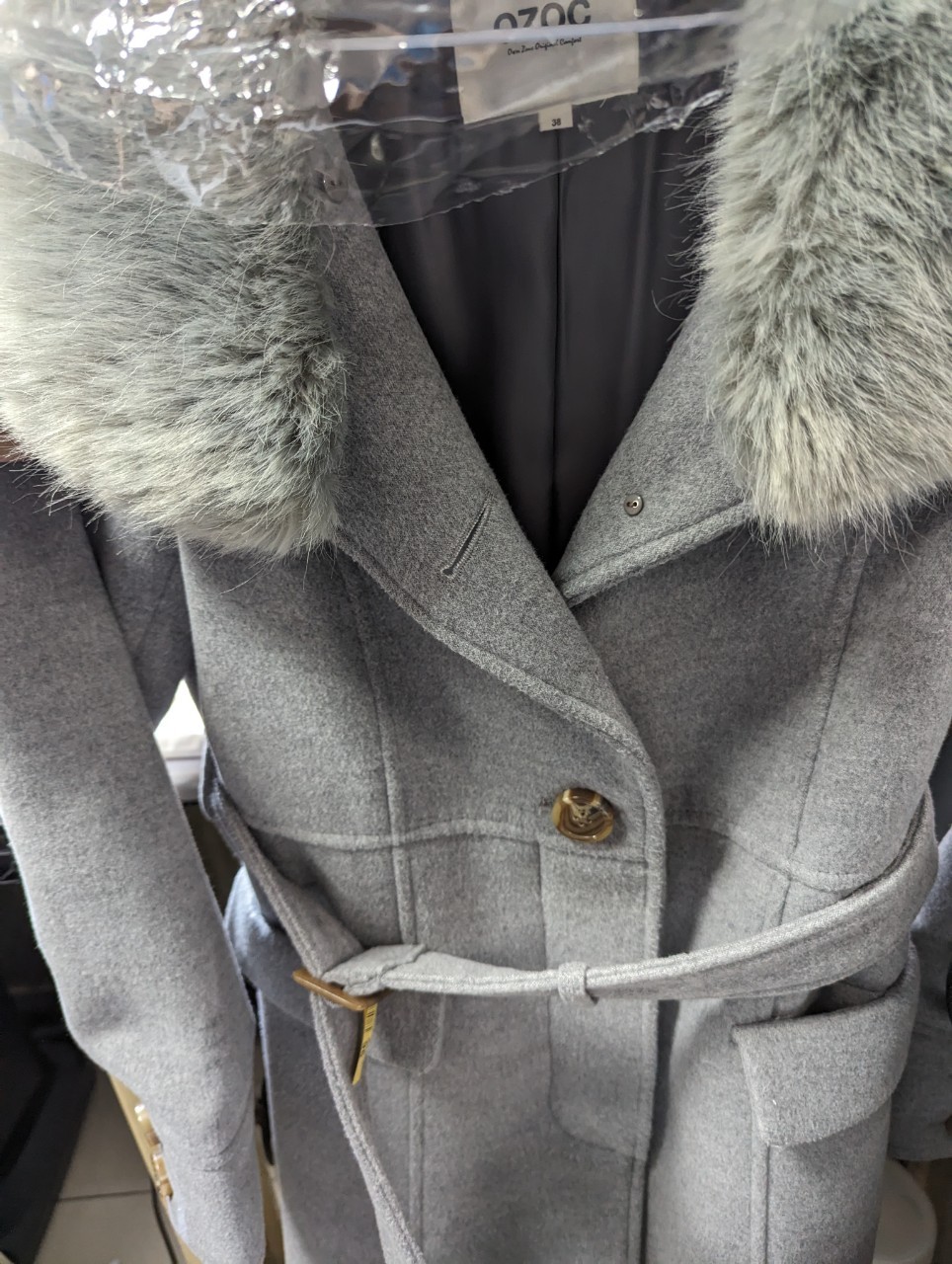淺説皮革表面處理(第二回)
皮革為什麼表面要塗飾
皮革生產到皮胚(CRUST)的階段,不管有沒有經過水場染色製造過程,已經是個半成品了,也是可以去做一些皮革製品。那麼為什麼要做表面塗飭?主要是由於下列原因:
1,很多皮胚,不管是牛,羊,豬皮等,都會有大小不同的瑕疵,必須做一些塗飭來遮傷補殘。
2,使外觀更均勻,賣相更好,消費者能夠接受。
3,要達到客戶對於顏色,手感及流行趨勢的要求。
4,加強物理性能,易於保養或是清洗性能,增加皮革製品的耐用程度。
5,製造各種不同的效果,比如雙色(Two Tone Effect),擦色效果(Brush-off Effect),油變色革(Oil Pull-up Effect)等。
6,提昇皮革的檔次,把一些皮面較次的皮胚,提高利用率。
7,製造出來仿全粒面皮革的質感,尤其是對修面革(Corrected Grain)。
8,表面塗飾可以提高二層革(或是榔皮)的利用價值及銷售價格。
皮革塗飾的種類
苯胺效應 Aniline Finish
一般來說,只有皮面完好的皮胚,才能挑選做成苯胺革(也可用苯染革這個名稱),原則上由皮革水廠染好色的皮胚,只需做到最簡單的塗飾,儘量保持皮革的原色,質感及紋路,所以不需要任何塗(顏)料(Pigment )來做遮蓋,中國人有句古語,若把西湖比西子,濃妝淡抹總相宜,苯胺革就是天生麗質,不需要太多的塗抹,所以如果使用化工原料,通常是一些手感劑,比如蠟劑,油脂,有時候可以加上樹脂或是酪素,做為一個保護層,也是可以加入一些表層光油,増強耐刮性或是耐水性。在大部分情況下,苯胺革都是全粒面皮革,也是苯胺革價格高昂的原因。
半苯胺效應 Semi-aniline Finish
顧名思義,半苯胺革就是近似苯胺革,但是表面塗飾的化料,有使用到具有遮蓋效果的顔料,所以叫做半苯胺革,主要原因是因為皮胚有點瑕疵,所以必須要用顏料上色增加美感,由於沒有這麼多的優良皮胚,所以這些皮胚需要軽微用砂紙修一下面,把一些小瑕疵給磨平,然後再做表面塗飾。
塗料效應 Pigment Finish
如同我們上面所說的,皮胚有些等級不是很好的,比如刺刮傷明顯,皮革紋路鬆弛,還有一些部位差異大,生長紋突現,這些皮胚就是需要重修,也就是說用砂紙磨面一次或是多次,把瑕疵給修平,有些還必須要以壓花方式,提高利用價值,比如常見的大小荔枝紋,也有一些壓成毛細孔紋,做成仿粒面皮革的效果。目前在市面販售最多的皮革,比如說沙發革,壓花革,甚至於白色運動鞋革,不勝繁舉,大部分都是塗料革。
Brief Explanation on Leather Surface Treatment (Part 2)
Why Leather Surface Needs Finishing
Leather that has been processed to the crust (CRUST) stage, whether or not it has undergone dyeing in the tannery, is already a semi-finished product that can be used to make various leather items. So, why does it need surface finishing? The main reasons are as follows:
- Many crusts, whether from cow, sheep, or pig, have various sizes of imperfections that need to be concealed and repaired with finishing.
- To make the appearance more uniform and attractive, making it more acceptable to consumers.
- To meet customers’ requirements for color, texture, and fashion trends.
- To enhance physical properties, ease of maintenance, or cleaning performance, thereby increasing the durability of leather products.
- To create various effects like Two Tone, Brush-off, or Oil Pull-up.
- To elevate the quality of the leather, improving the utilization of crusts with inferior surfaces.
- To mimic the texture of full-grain leather, especially for corrected grain leather.
- Surface finishing can enhance the utility and selling price of split leather (or suede).
Types of Leather Finishes
Aniline Finish
Generally, only crusts with good surfaces can be selected to become aniline leather (also known as phenol-dyed leather). The principle is to keep the leather’s natural color, texture, and patterns as much as possible, so no pigment is used for covering. Aniline leather is naturally beautiful and doesn’t need much dressing. If chemical raw materials are used, they are usually feel-enhancers like waxes and oils. Sometimes resins or casein can be added as a protective layer. Most aniline leather is full-grain, which explains its high price.
Semi-Aniline Finish
As the name suggests, semi-aniline leather is similar to aniline leather but uses pigments with covering effects in the surface finishing. This is mainly because the crust has minor imperfections that need to be colored to enhance its aesthetic appeal. Since there aren’t as many high-quality crusts available, these crusts need light sanding to smooth out small imperfections before surface finishing.
Pigment Finish
As mentioned above, some crusts are not of very high quality. For example, they may have obvious scars, loose grain, or visible growth lines. These crusts require heavy correction, meaning they need to be sanded once or multiple times to smooth out imperfections. Some may even need embossing to increase their utility value. Examples include common lychee patterns or imitation full-grain effects. Most of the leather currently on the market, such as sofa leather, embossed leather, and even white athletic shoe leather, is pigment-finished leather.
資料來源:皮革與生活粉專




